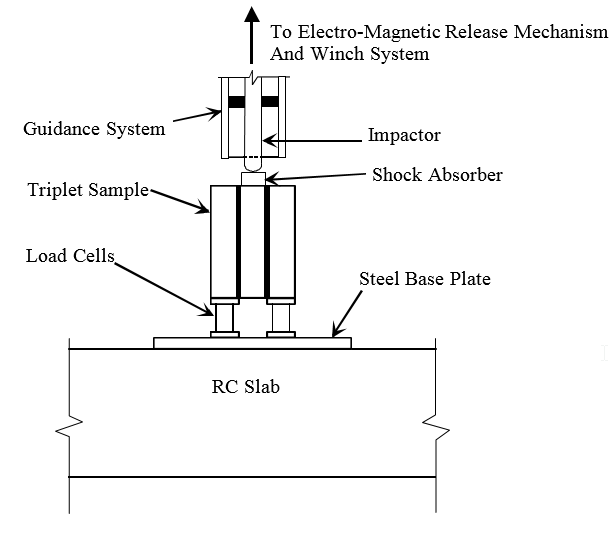Beattie[1] , TCK Molyneaux[2], M.Gilbert[3], and S.Burnett[4]
- Postgraduate Student, Department of Civil Engineering, University of Liverpool, Brownlow Street Liverpool, L69 3GO, UK. Email: greg99@liverpool.ac.uk
- Lecturer, Department of Civil Engineering, University of Liverpool, Brownlow StreetLiverpool, L69 3GO, UK. Email: ec116@liverpool.ac.uk
- Lecturer, Department of Civil and Structural Engineering, Sir Frederick Mappin Building, Mappin Street, Sheffield, S1 3JD, UK. Email: m.gilbert@sheffield.ac.uk
- Postgraduate Student, Department of Civil and Structural Engineering, Sir Frederick Mappin Building, Mappin Street, Sheffield, S1 3JD, UK. Email:cip99sjb@sheffield.ac.uk
ABSTRACT
Various test methods to evaluate the shear strength of the brick/mortar interface of masonry have been developed over the past few decades. From this work it has been shown that a Mohr-Coulomb type relationship can be used to approximately represent the increase in shear strength under increased levels of pre-compression. This work has principally considered the quasi-static performance of masonry; the shear strength of masonry under impact loading has not been considered until recently.
The performance, assessment and design of unreinforced masonry parapets when subjected to vehicle impacts has been investigated over the last few years. During the course of these studies the shear behaviour of the brick/mortar interface under impact loading was considered. It was found that the dynamic shear strength of triplet specimens was higher than that measured quasi-statically.
This paper describes the test method used to determine the dynamic shear strength of masonry. The test method and apparatus are critically appraised. Results from a series of triplet tests are also presented. From these results an evaluation of the shear strength enhancement over a range of stress rates is made. Consideration is also given to the effect of the support conditions on the behaviour of the triplet specimens.
These studies should lead to an improved understanding of the relationship between the strength increase and the applied stress rate. The results should then allow an improvement to be made to the numerical analysis, which is currently being used as a predictive tool for assessing the performance of masonry parapet walls when subjected to vehicle impact. The general-purpose explicit finite element software LS-DYNA3D is being used for this purpose.
Key words: masonry, impact, triplet, shear, parapets
MORJTS02



